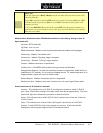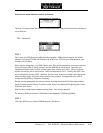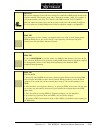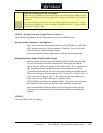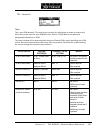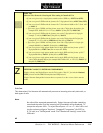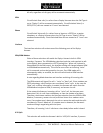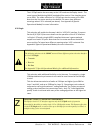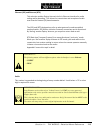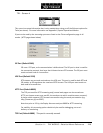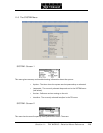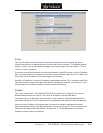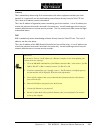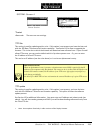
USER’S MANUAL
Section 11: THE WORKS – Detailed Menu Reference 225
Ethernet(SIP)andEthernet(RTP)
ThisselectionenablesZephyrXstream'sbuilt‐inEthernetinterfaceforaudio
codingand/ordecoding.Thisallowsfortransmissionandreceptionofaudio
overInternetProtocol(IP)basednetworks.
The(SIP)and(RTP)designationsrefertowhatprotocolisusedtoestablish
communication.SIP(SessionInitiationProtocol)con
nectionsarebi‐directional.
By‘dialing’anotherZephyrXstream,yourequestareturnfeedaswell.
RTP(Real‐timeTransportProtocol)isamono‐directional,‘pushonly’mode.
Whenyou‘dial’anotherZephyrXstreaminRTPmode,yousendaudiotothe
remotesite,butreceivenothinginreturnunlesstheremoteoperatormanuall
y
initiatesaconnectionbacktothestudio.
Appendix6coversthistopicindetail.
w
IMPORTANT!
The following menus will have different options when the Interface is set to Ethernet.
• CODEC
• DIAL
Prefix:
Thisnumberisappendedtothebeginningofeverynumberdialed.Usefulwhena"9"orother
digitisrequiredforaccess.
t
DEEP TECH NOTE!
Long Distance services that rely on "in-band" tones (i.e. DTMF) to convey password
information to the service provider cannot be accessed on Circuit Switched Data (Call type =
Zephyr) data calls.
This is because there is no audio path to send tones. Only if the network had an MPEG codec,
would it be able to "hear" the tones.
The entire call setup string is sent as digital information on the D channel.



